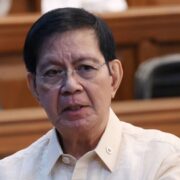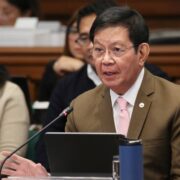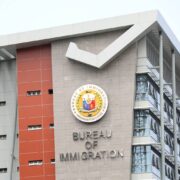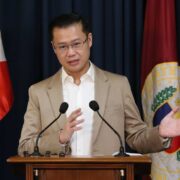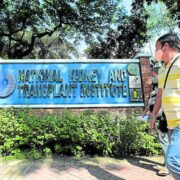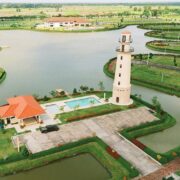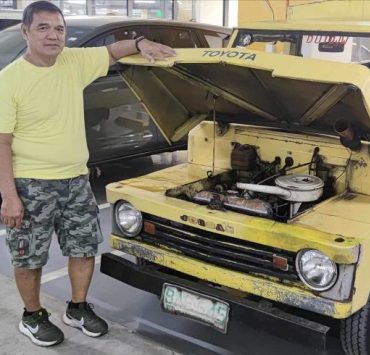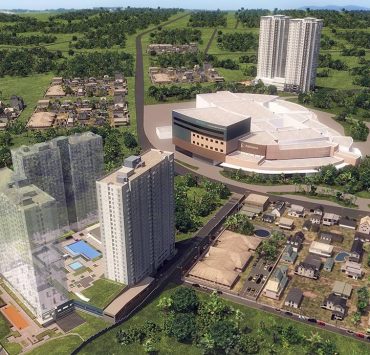Festivals, placemaking, and property value
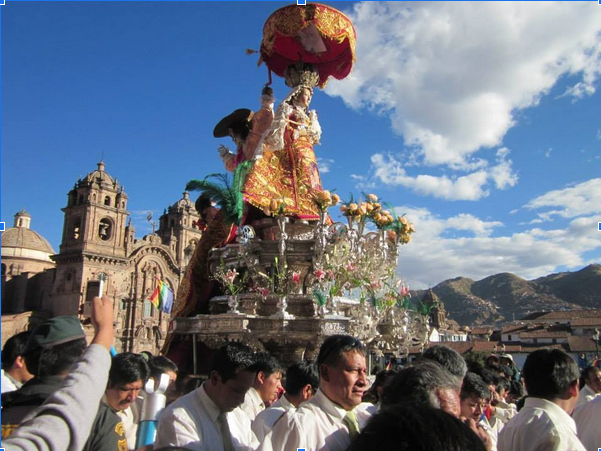
A piece of land devoid of associations is mere space with little or no value.
Space transforms into a place if it can be described in terms of relative worth based on perception. Ascribing meanings to spaces requires references, viewpoints, and experiences that account for perceived value. These are meanings that become part of a collective language that develops over a long period of time. People create place associations based on physical attributes, events, and memories.
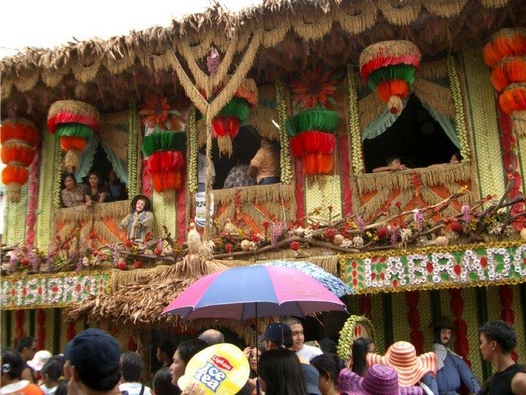
Festivals and their settings
Events that are time-specific and spatially accommodated illustrate the transient and temporal qualities of places. Spaces reconfigure as they are used before, during, and after different types of events.
Festivals, for instance, connote celebration and community spirit. They are rooted in local realities carved out of culture, geography, and economies. They are based on narratives that are told and retold by people. Stories underlying these events are inherited, passed on, and form the essence of shared place meanings.
Festivals are visually experienced through vibrant displays of color and form. The sensual qualities of these events manifest in sounds, smells, and tactile experiences. Spaces get perceived in a totally new light as they get dressed up and host people who are momentarily held together by the common reason for celebration.
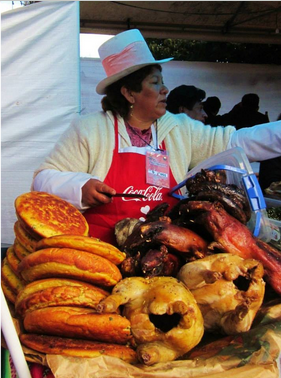
Local contexts
The recurring patterns of festivals are based on several factors that define unique local contexts.
Natural cycles on which community activities, such as harvesting of crops, are based determine the specific dates for thanksgiving.
Religious beliefs that are expressed in celebrating the feast days of saints, Christmas, and Ramadan alter the spatial characters of urban and countryside places. Historical milestones that are commemorated every year find expression in public places that host parades and event reenactments.
Festivals that are marked on local and national calendars determine the movement flow of people. The predictability of patronage allows for the continuous maintenance and development of the usual places of convergence.
Value-adding dimensions
Related activities are triggered wherever people converge.
It is common knowledge that festivals boost tourism and stimulate the backward and forward linkages in the value chain. Land demand increases as more accommodation facilities are constructed for the expected visitors. Products are promoted as they get known and patronized when people engage in merrymaking.
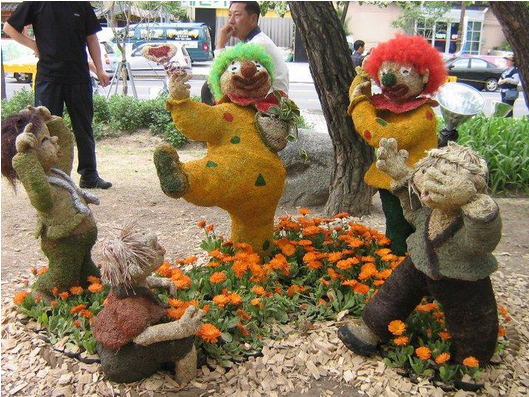
But more than the economic worth they represent, festivals add value in terms of neighborhood quality, reflected in rents and prices of real estate. Positive associations with places influence location decisions that result in property purchases.
Place branding supports niching that can direct investments. Marketing strategies are aided by the joyful images associated with festivals. Infrastructure development, in support of increasing population and building densities, leads to economic growth.
The place specialization that ensues promotes technology development. The feeling of belonging, local pride, and place ownership building up social capital are all anchored in the sense of community that festivals foster.
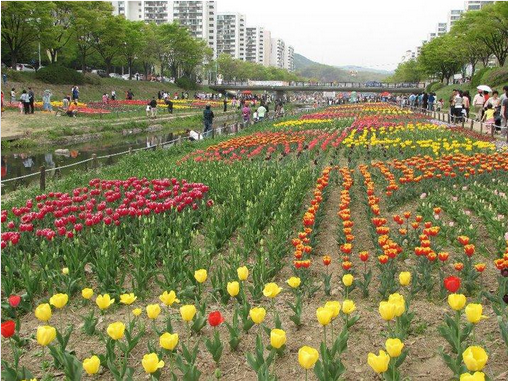
Festival downsides, threats
While festivals clearly enhance the factors of property value, there are also negative externalities that affect life quality in the host places.
The crowds drawn by these attractions can result in the infringement of privacy and may pose security issues. Chaos due to mismanagement and the sheer number of people involved may cause accidents or loss of lives. People flocking regularly to festival places may adversely affect the natural environment.
Waste management issues also arise from the droves of visitors. Gentrification and marginalization of the vulnerable members of society can be instigated by the coming in of new people, businesses, and technology. As property values increase, places begin to accommodate new uses that translate to higher revenues.
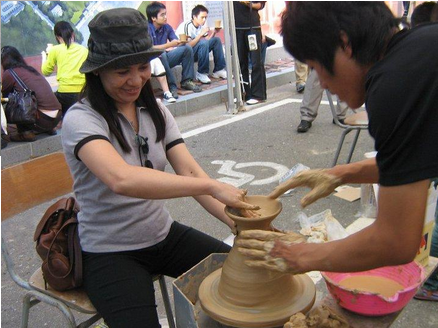
Globalization manifests in architecture that asserts roles in the integrated economic system. Cities seem to gear toward homogeneity due to cultural erosion. With the exposure to other cultures enabled by social media, other entertainment modes are offered, shifting preferences for foreign options.
The restructuring of the economic order in favor of the professional services sector changes household lifestyles that redefine collective behavior. With the demise of traditions comes the loss of built forms that reflect the local.
Preserving festivals and festival places
Finding the middle ground that preserves the essence of festivals while promoting wealth creation through property values entails vision-led planning. This begins with the local constituents knowing and appreciating who and what they are. A clear visualization of what they want to become will define their spaces through forms that reflect the social fabric.
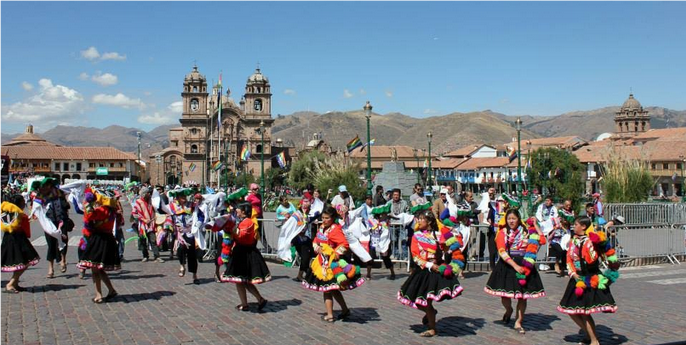
Architecture and landscape architecture elements that accommodate convergence and celebration include multi-use and flexible community facilities, comfortable outdoor spaces, and effective interfaces between public and private areas. Engaging stakeholders in the design and provision of these spaces can better guarantee fit, resulting in optimum utilization.
The sustained dynamics among people, places, and activities make for authentic places that can remain valuable over many generations.
The author is a Professor at the University of the Philippines College of Architecture, an architect and urban planner


